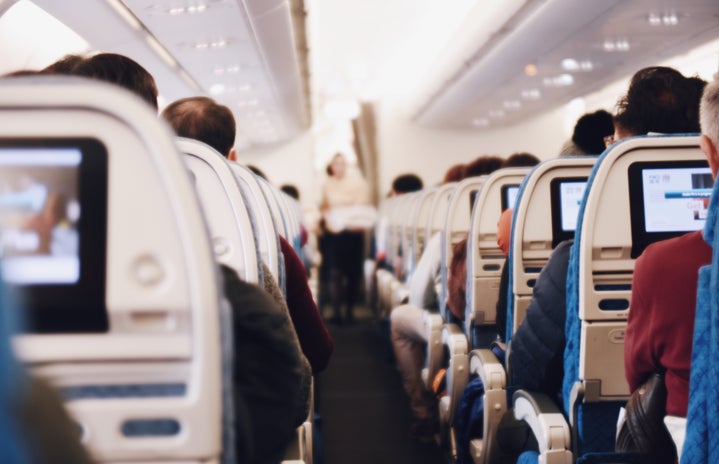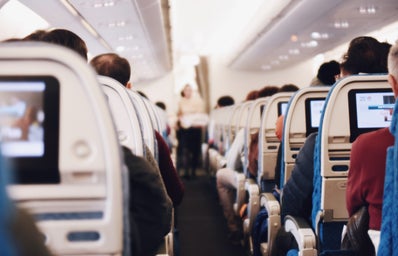While it might be hard to see any silver linings when it comes to the Coronavirus pandemic, it is important to look for some positive outcomes to all of this. While many people are upset that they are unable to travel during this time, we might have something to look forward to. When we are allowed to travel again – and who knows when that will be – one positive might come out of the chaos: the eradication of the most hated seat in the plane – the middle seat.
On the few-and-far-between flights still operating, most airlines are no longer seating passengers in the middle seat as part of their in-flight social distancing policy. After a picture of a packed Qantas flight went viral last week, the Australian airline was the latest in a long line of carriers to rule out putting anyone in the dreaded middle spot. Virgin Australia is not only blocking out middle seats but blocking out enough seats so that no passenger will have anyone sitting next to them. This decision is similar to that of many US airlines, including Delta, Alaska and Spirit, all of which have, at least temporarily, stopped booking passengers into a middle seat. UK carrier EasyJet made a statement that they are also planning to keep its middle seats empty when flights resume. “I expect that to happen,” he said. “That is something that we will do because I think that is something that the customers would like to see. Then we will work out with the authorities and listen to the customers’ views and points on what they believe is the right thing to do, particularly in the start-up period.” This idea of keeping that seat empty beyond the end of the pandemic might be a clever way to encourage nervous travelers to fly again.
The safest place to sit on an airplane while the coronavirus outbreak continues to expand may be the window seat, according to new research from Emory University. National Geographic also reported on a study done by the “FlyHealthy Research Team,” which observed the behaviors of passengers and airline crew across 10 three-hour to five-hour US flights. What they found is that those who were seated in the window had less contact with potentially infected people. Those seated in aisle seats, however, were more likely to come into contact with passengers moving about the cabin or with the airline’s crew members — an average of 64 contacts, versus the window seat’s 12.
While flying is largely off the radar at the moment, hopefully soon the travel advice will change, and domestic travel will be back on the table. Luckily for us as travelers, when we are able to take to the skies again, there’s a high chance one of plane travel’s biggest annoyances may be a thing of the past: the dreaded middle seat. The days of bumping elbows with strangers while being unable to see out of the window or even to get to the aisle conveniently could be over, so when are you booking your next flight?
Want to see more HCFSU? Be sure to like us on Facebook and follow us on Instagram, Twitter and Pinterest!



